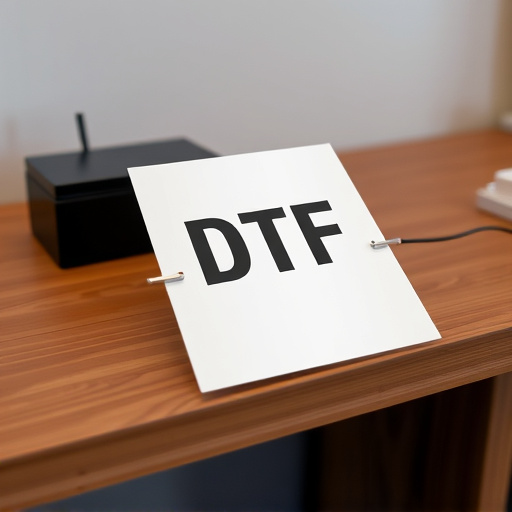A cost-effectiveness analysis is crucial for assessing the value of Spectre Performance air intake kits as performance upgrades. By comparing performance gains with kit pricing, car owners can determine if these kits offer a budget-friendly way to enhance their vehicles' power and fuel efficiency. This study highlights how Spectre's kits, optimized for airflow, deliver significant improvements without breaking the bank, making them an appealing option for both professional drivers and everyday enthusiasts seeking cost-efficient performance upgrades. Strategic budgeting involves setting realistic goals and evaluating return on investment (ROI), ensuring that modifications prioritize long-term savings and effectiveness.
Cost-effectiveness analysis is a critical tool for making informed decisions, especially in performance automotive industries. This analysis goes beyond initial cost, evaluating the long-term value of products or modifications, like Spectre Performance air intake kits. In this article, we demystify the basics of cost-effectiveness analysis, using Spectre Performance air intake kits as a case study to illustrate key considerations. We also explore budget optimization strategies for maximizing savings, providing insights essential for savvy consumers and businesses alike.
- Understanding Cost-Effectiveness Analysis: The Basics
- Spectre Performance Air Intake Kits: A Case Study
- Budget Considerations for Optimal Cost Savings in Cost-Effectiveness Analysis
Understanding Cost-Effectiveness Analysis: The Basics

Cost-effectiveness analysis is a crucial process that evaluates the value and impact of an investment or intervention, especially in resource allocation decisions. It scrutinizes how well a product, service, or technology performs relative to its cost, helping organizations make informed choices. In the context of Spectre Performance air intake kits, this analysis becomes essential for car enthusiasts and mechanics alike. By comparing the potential performance gains against the kit’s price point, users can determine if the investment offers a budget-friendly upgrade.
This analysis typically involves examining various factors such as initial costs, ongoing expenses, expected lifespan, and the net benefit over time. For Spectre Performance air intake kits, it might include considering the reduction in fuel consumption, improved engine power, and maintenance savings against the kit’s purchase price. Understanding these fundamentals is vital for assessing whether a product provides genuine value, ensuring that car owners make informed decisions without overspending.
Spectre Performance Air Intake Kits: A Case Study

Spectre Performance air intake kits have gained popularity among car enthusiasts for their potential to enhance engine performance while keeping a tight budget in mind. This case study explores how these kits can offer significant improvements in fuel efficiency and horsepower, all while being an affordable solution for vehicle modifications. The kits are designed to optimize airflow, allowing for better combustion and increased power outputs without breaking the bank.
By replacing stock air intakes with Spectre’s performance variants, drivers can expect noticeable gains in engine response and overall driving experience. The cost-effectiveness of these kits is evident when compared to other high-performance upgrades, making them an attractive option for those seeking a boost in their vehicle’s capabilities without overspending. This accessibility has contributed to their growing popularity among both professional racers and everyday drivers looking for that extra edge on the road or track.
Budget Considerations for Optimal Cost Savings in Cost-Effectiveness Analysis

In cost-effectiveness analysis, budget considerations play a pivotal role in achieving optimal cost savings. When evaluating solutions like Spectre Performance air intake kits, it’s crucial to balance performance upgrades with financial constraints. A strategic approach involves setting realistic budgets and comparing the return on investment (ROI) across different options. By prioritizing items that offer the highest potential for cost reduction relative to their effectiveness, users can maximize value.
For instance, Spectre Performance air intake kits are known for enhancing engine performance and fuel efficiency. However, not all kits are created equal, and pricing varies significantly. Smart budget allocation involves assessing the kit’s impact on overall vehicle efficiency against its cost. In many cases, a well-researched, mid-range kit can offer substantial savings over time due to improved fuel economy and reduced maintenance costs, outpacing the initial investment.
Cost-effectiveness analysis is a crucial tool for making informed decisions, especially when evaluating products like Spectre Performance air intake kits. By considering both performance gains and budget constraints, individuals can navigate the market effectively. In this case study, we’ve demonstrated that strategic budgeting can lead to significant cost savings without compromising quality. When purchasing Spectre Performance air intake kits, a thoughtful approach that balances performance upgrades with financial prudence is key to achieving optimal results.














